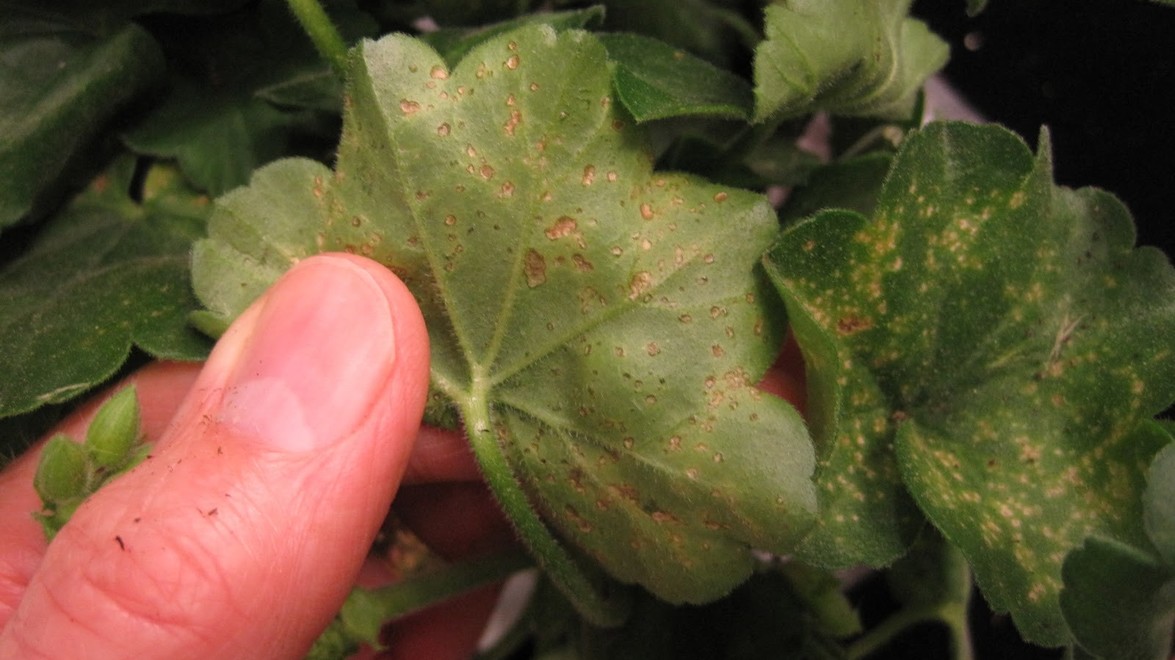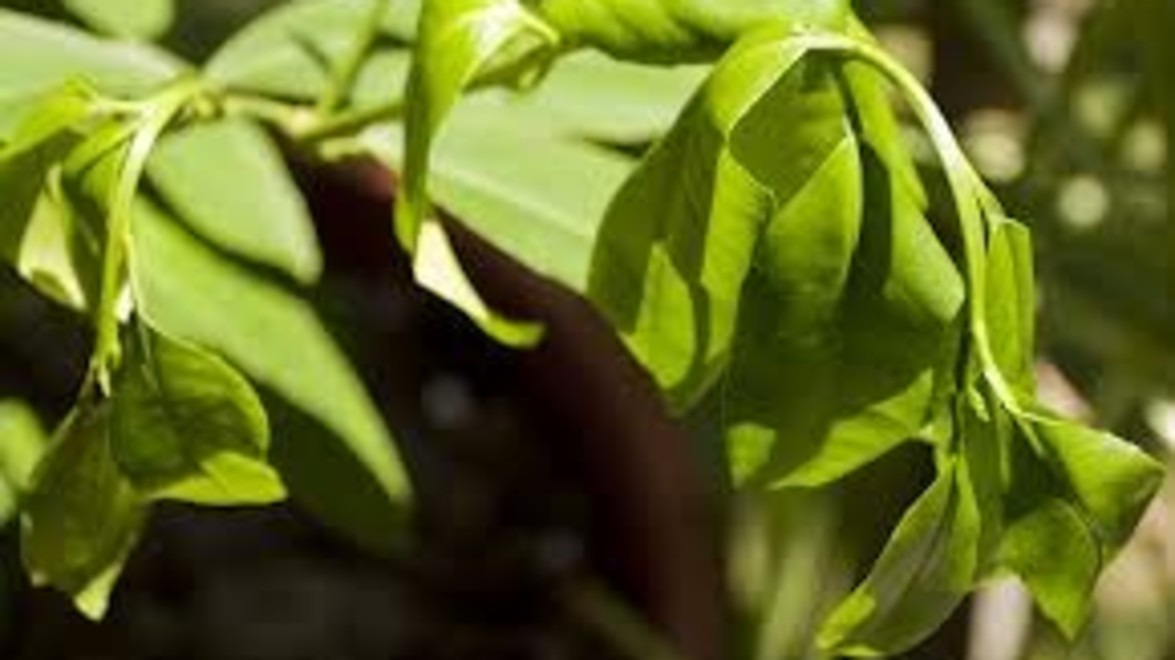
Everybody knows that plants can die of thirst, but don’t forget you can also send them to an early grave by over-watering.
When we over-water, the soil becomes saturated and forces out vital oxygen, and we literally drown our plants. Over-watered plants are not easy to diagnose. In many instances too much water mimics the signs of too little water.
## Four signs that you may be over-watering:
### 1. Your plant is wilting, but it looks like it has plenty of water
Check the moisture level of your soil using the feel test. Dig down 6 to 8 inches in your garden, grab a handful of soil from that depth and squeeze it in your hand. Moist soil will feel very cool to the touch. If you plants are wilting, but the soil is moist, you are over-watering.
### 2. Leaves turn brown and wilt
Yes, unfortunately leaves turn brown and wilt both when plants have too much *and* too little water. How to tell them apart? Too little water will result in the leaves feeling crispy your hold them in your hand. Too much water and the leaves will feel soft and limp.
### 3. Edema
Edema is blisters on the leaves of your plants caused by roots absorbing more water than they can use. Water pressure builds in the leaves, eventually bursting and forming blisters. Once the blisters erupt, tan, brown or white warty growths may begin to form. You may also see indentations forming directly above the growths on the top sides of the leaves.
### 4. Yellow Leaves and falling leaves
Stunted slow growth with yellowing leaves is a symptom of over-watering. If you have yellowing leaves and old leaves as well as new leaves falling at the same accelerated rate, you are probably providing too much water.
***Check your soil regularly.***
Don’t be afraid to push your finger into the soil and inch or two down and feel how moist it is. If the soil is moist and your plant is exhibiting some of the symptoms above, it’s a sign that you should reduce your watering. May stores sell inexpensive but accurate water moisture meters. You simply insert them in the root ball and they will tell you how much water is in the soil – a simple tool that will take much of the guess work out of watering your landscape.
Determining whether a plant needs water is always a judgment call. With practice and good observation skills you can have a healthy, properly watered garden.




 up the mess for our resident dogs.
up the mess for our resident dogs.